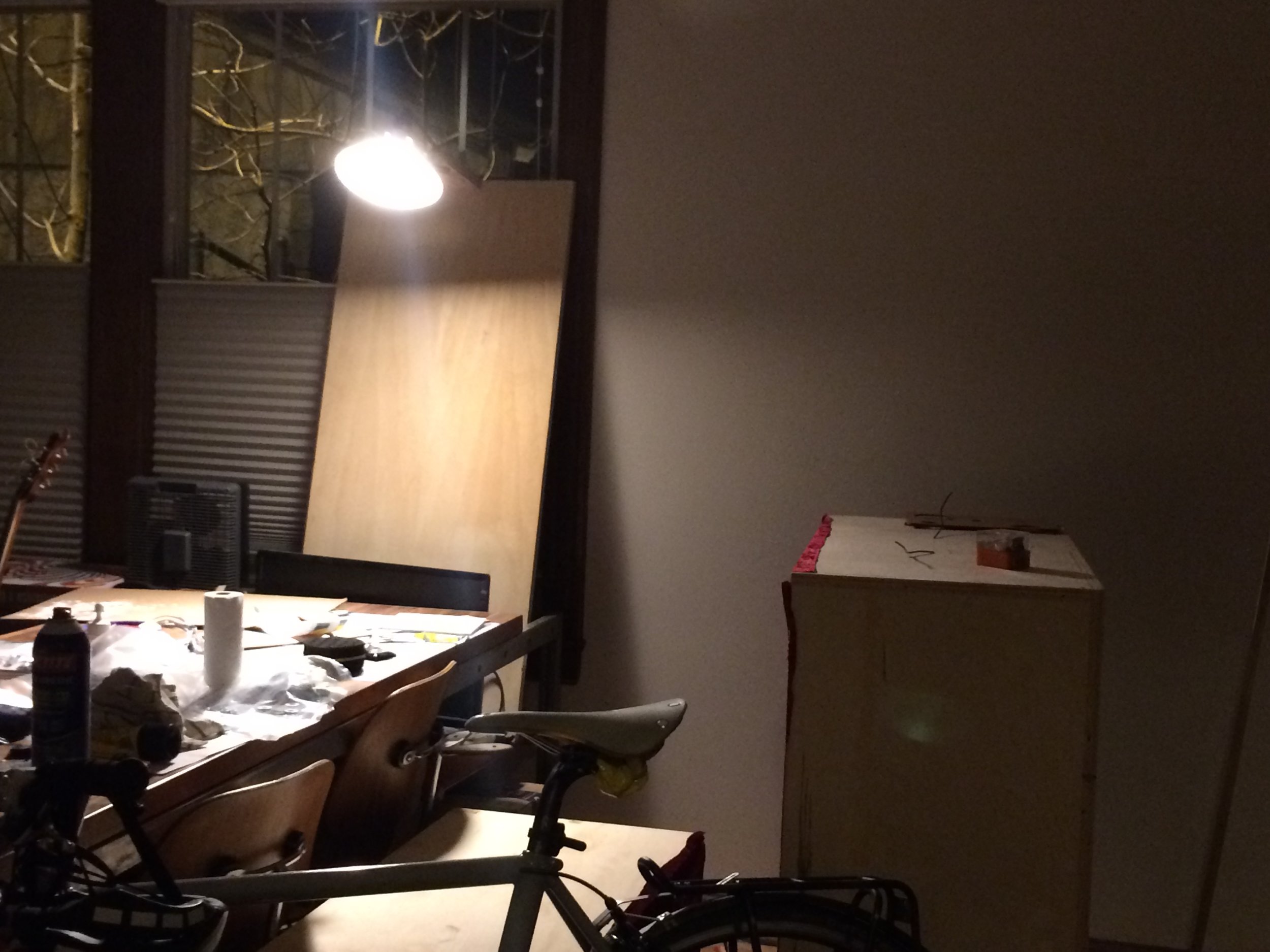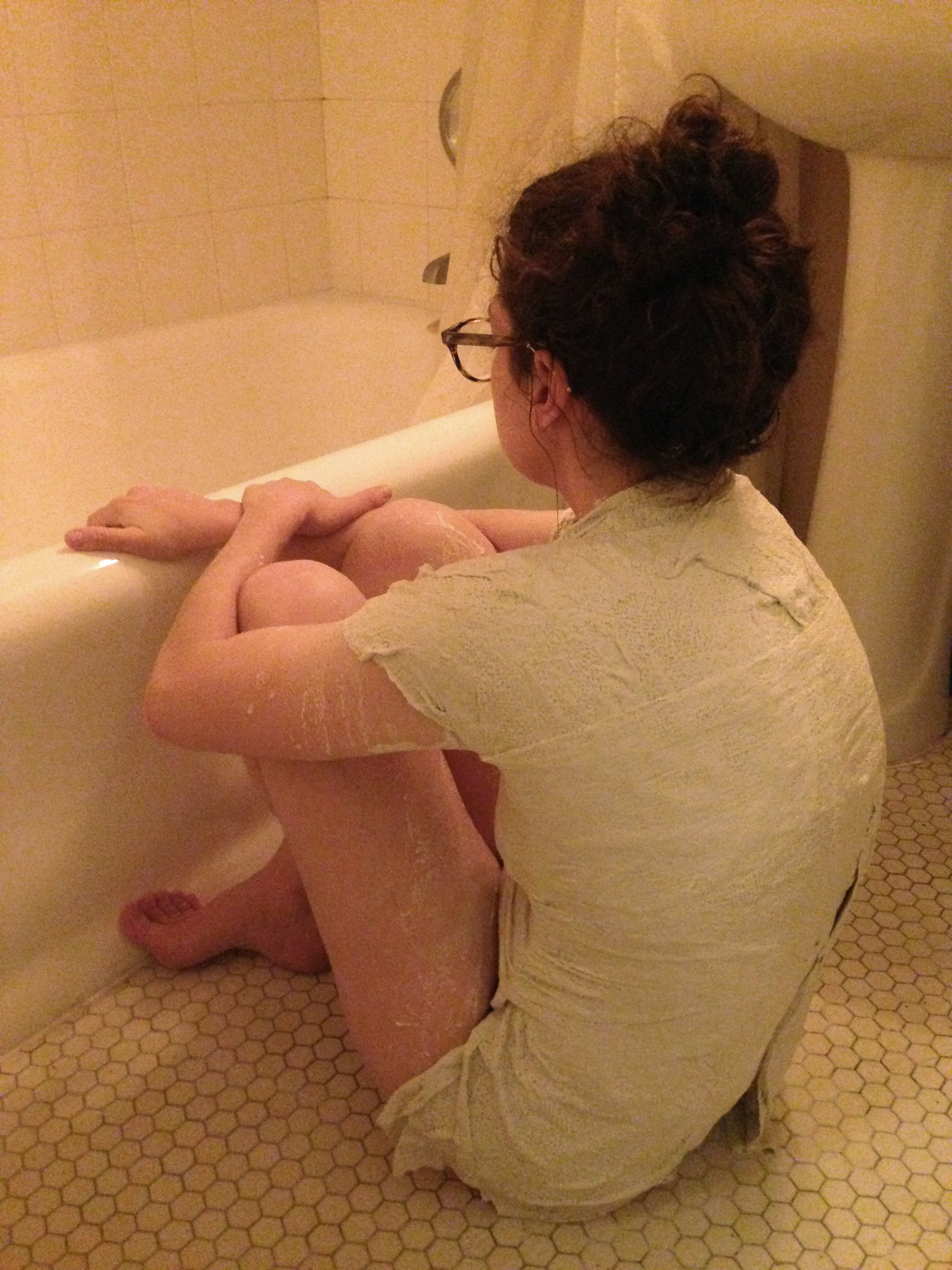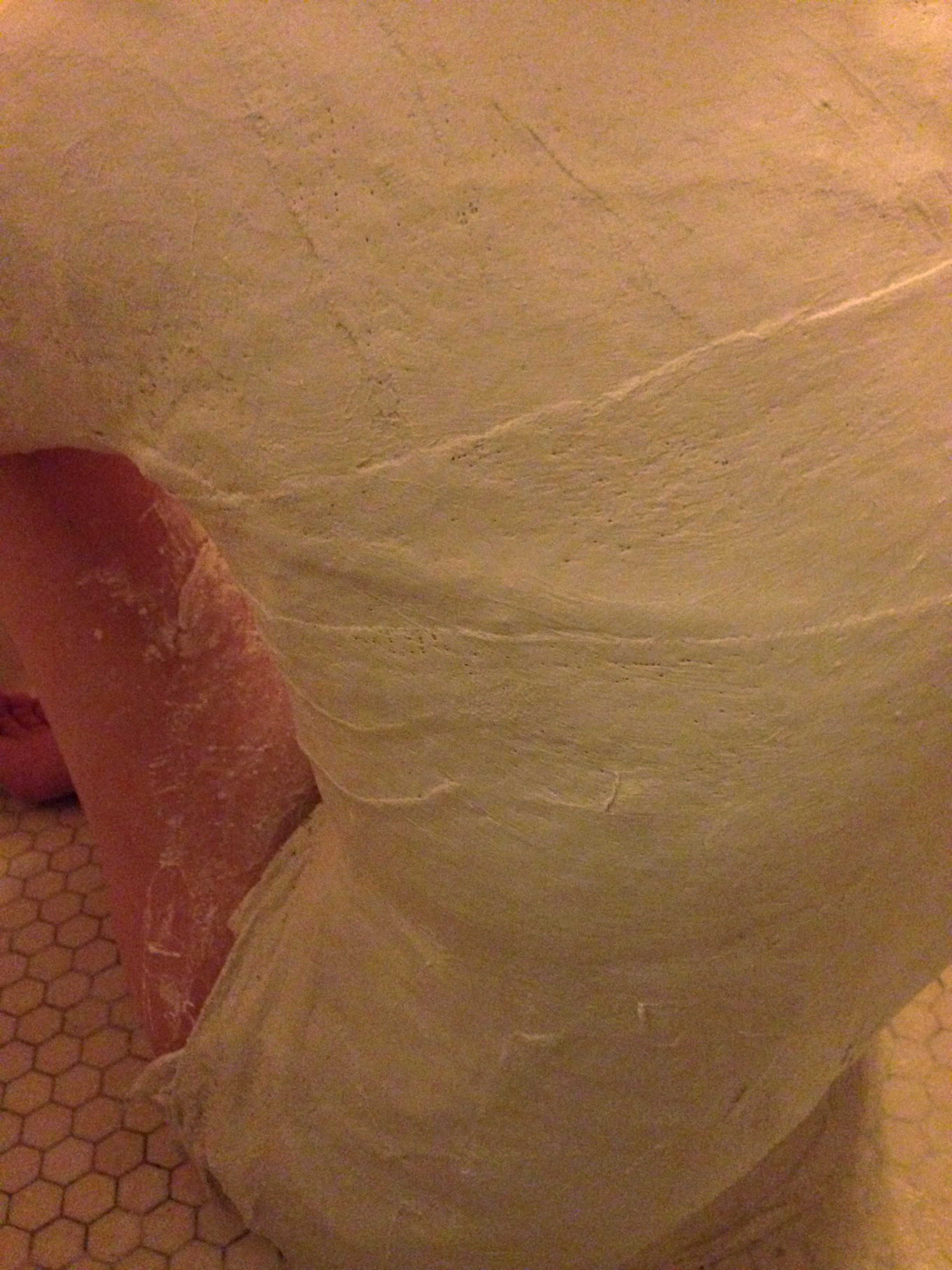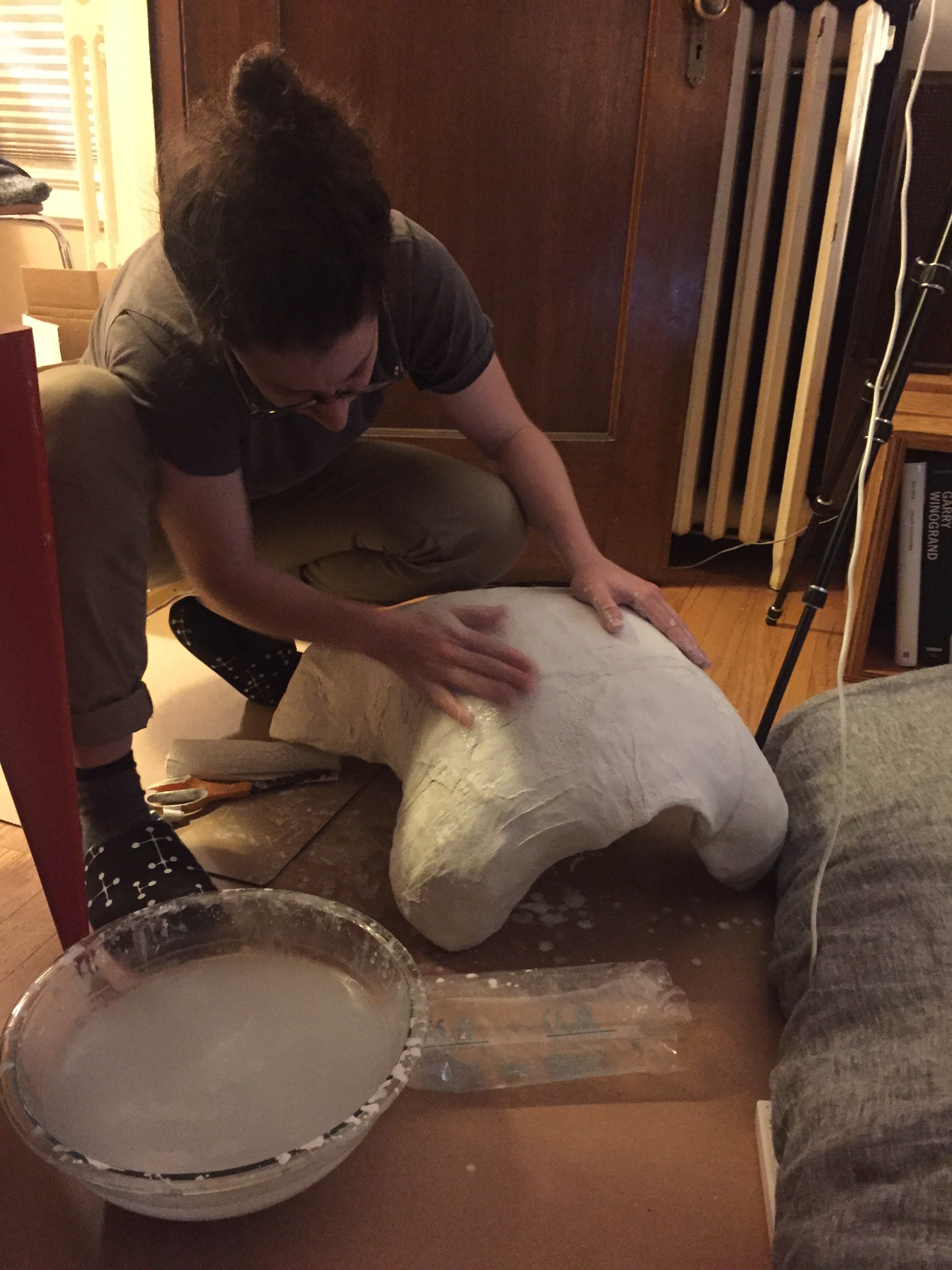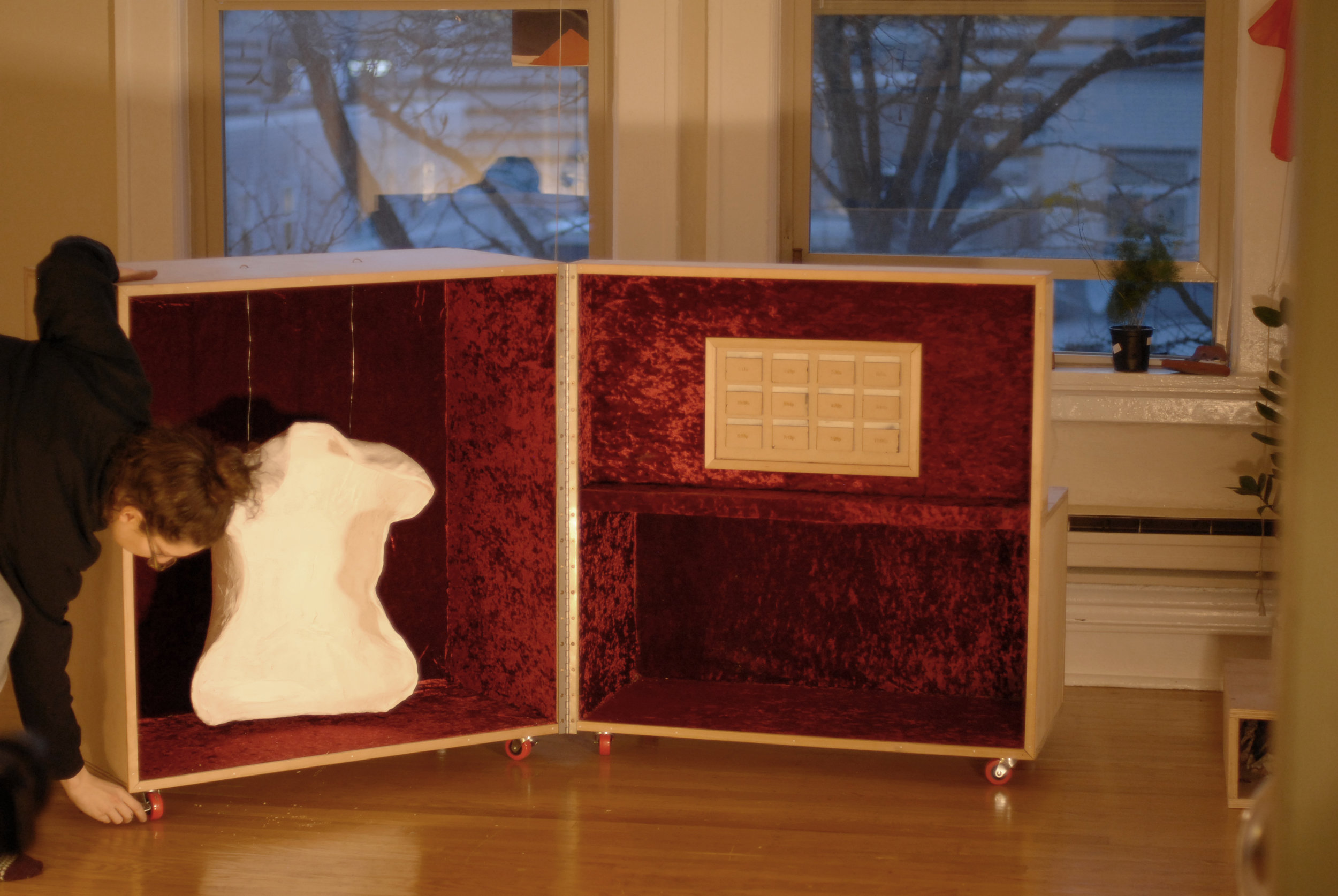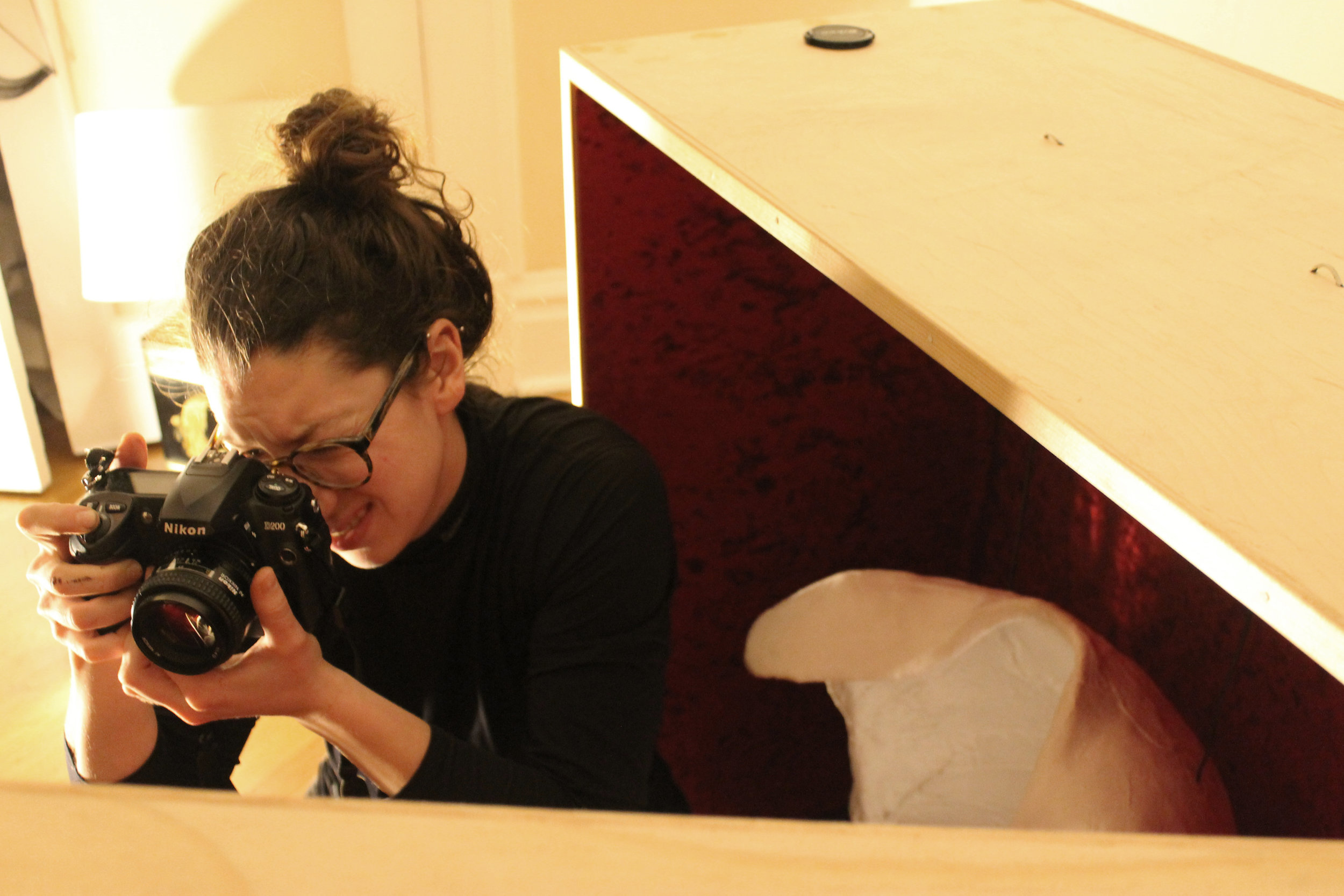"ONE LOVE DOWN" by Katherine Ranieri
An introduction
For this issue of CabinFever Presents, architectural designer Katherine Ranieri created "one love down,” an experiential installation. CabinFever Presents commissions artists to create a new work over the course of one month inspired by their present moment. We happened to find Katherine when she was in a particularly dark place. "one love down” features a structure that embodies her experience amidst a heartbreak by emphasizing the obscured and dim view precipitated by loss. Ranieri's highly personal work represents the light that creation can bring during periods of melancholy - and just in time for Valentine’s Day. Photos by Katherine Ranieri, Plamena Milusheva, and Danielle Quenell.
The Installation
This experiential installation explores the physical and emotional reaction to loss - particularly the loss of love.
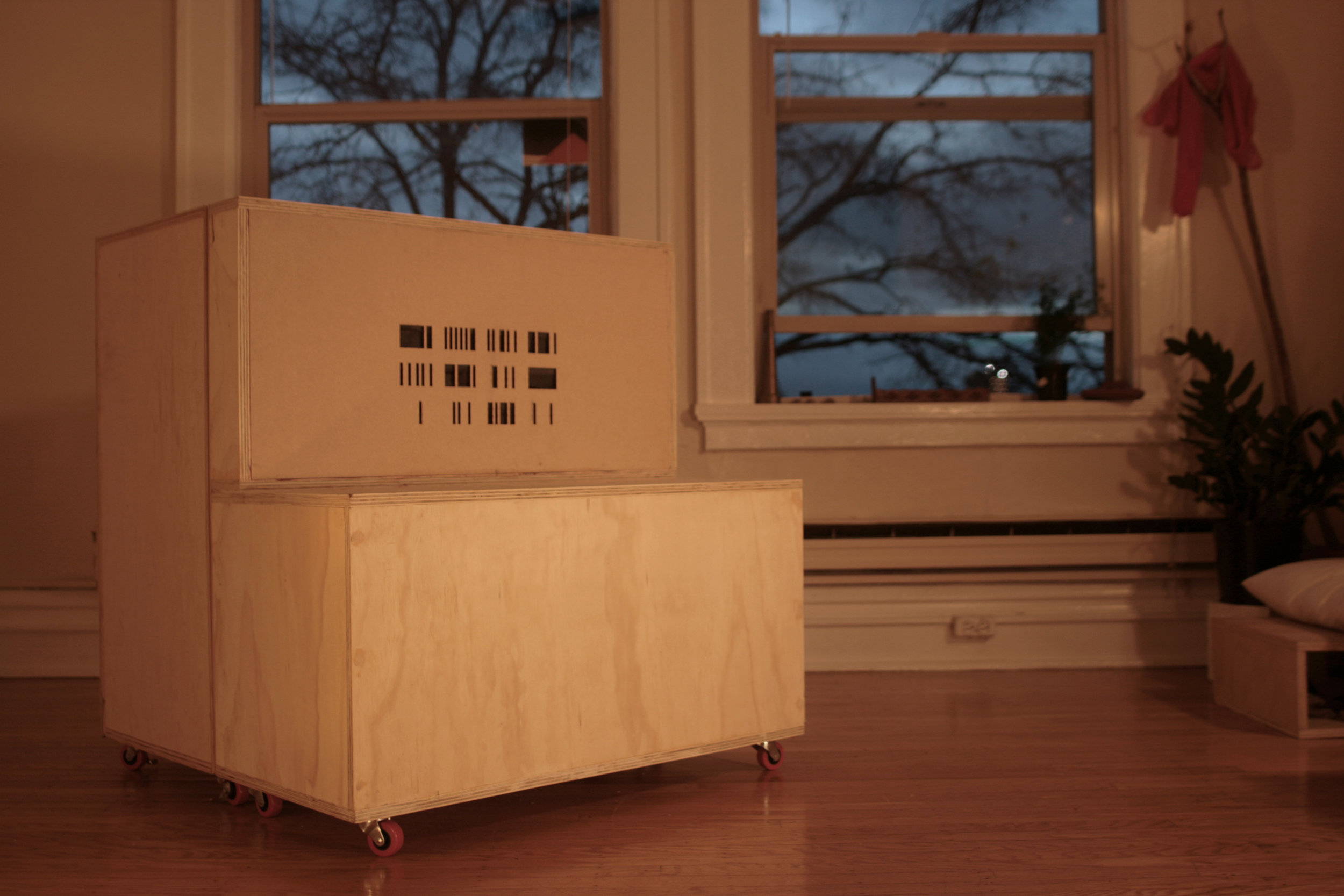
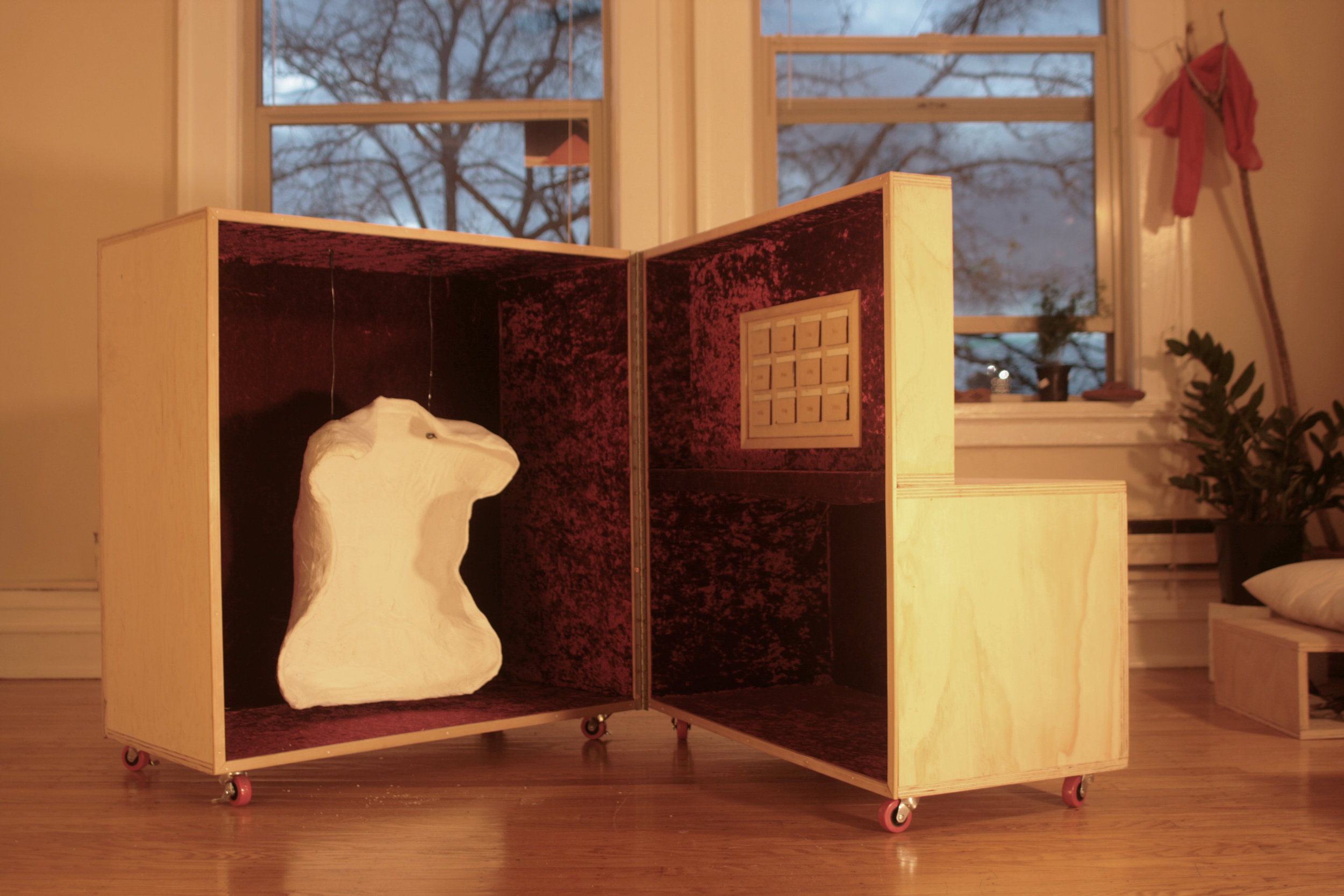
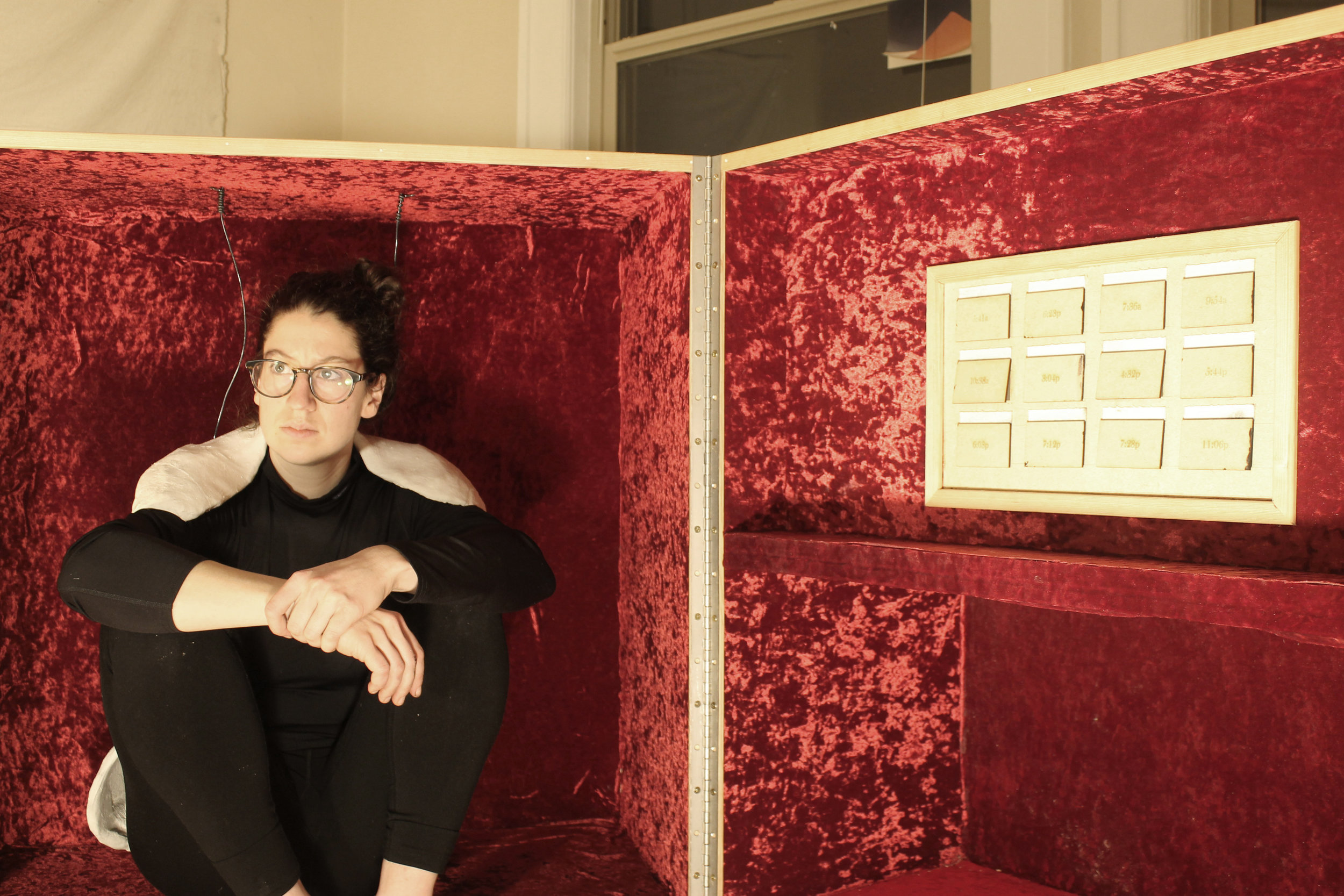

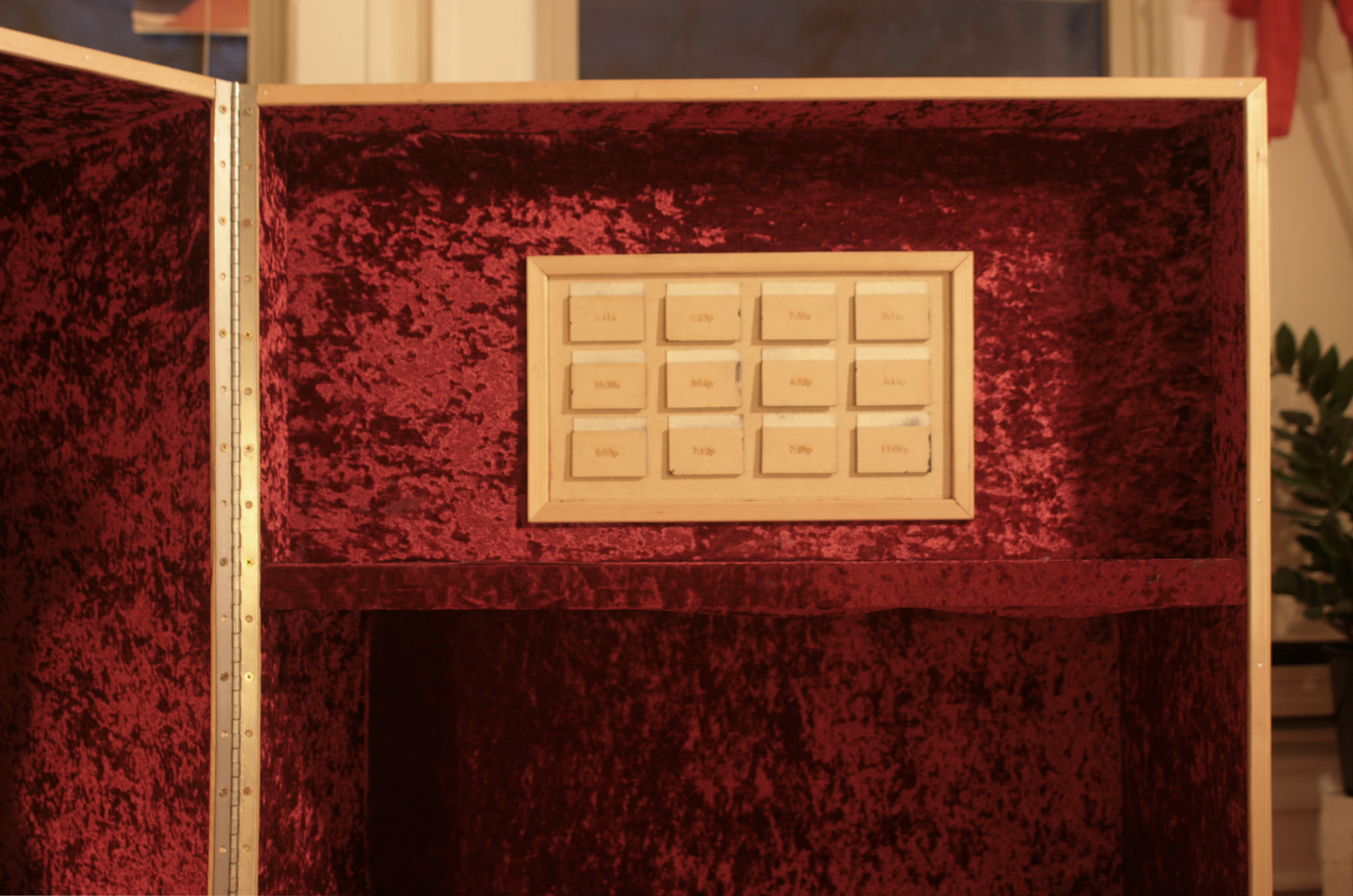

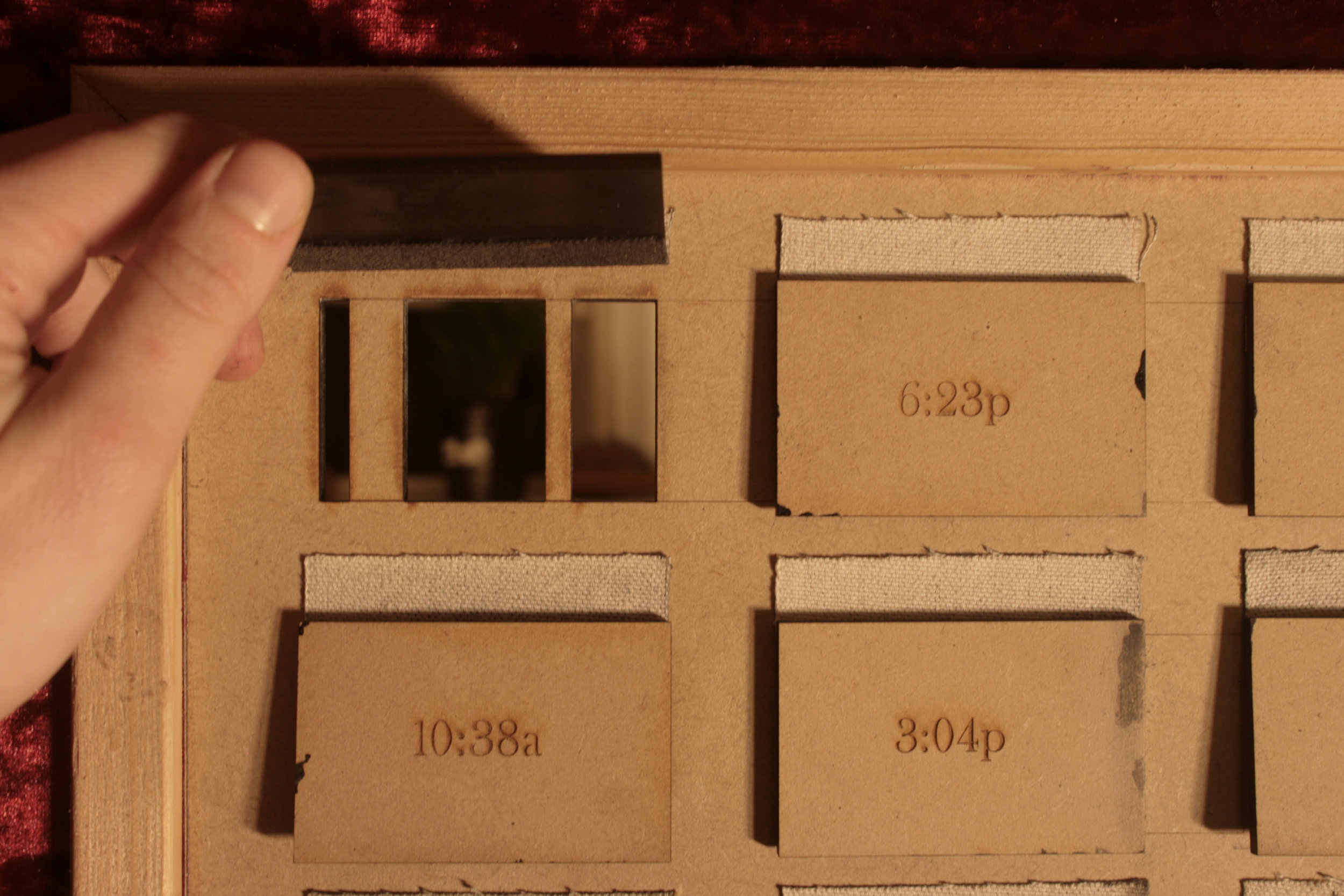
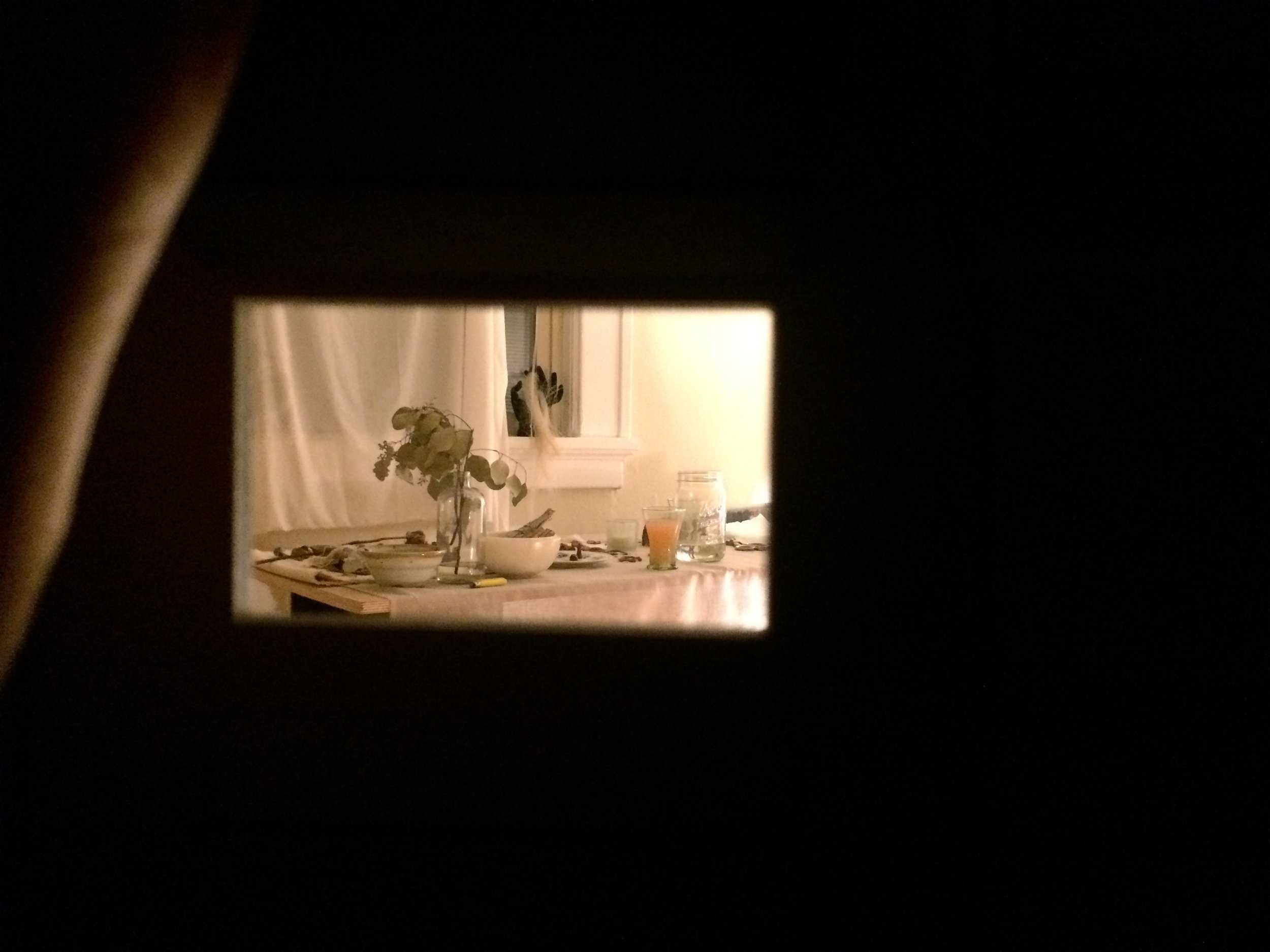
“It is an enclosure for my body during this specific moment in time. With just enough room for me inside, the plaster cast forces my body to regress into a crouched position. Small windows, varying in openness, are in a non-linear order. Each window opens or crops my view forward in this moment, making it fully clear and expansive or constrained to a slit. ”
Katherine's musings
When Elana asked me if I would participate in CabinFever Presents it could not have been better timing. The relationship I had been in was freshly razed the week prior and I was moving into a studio to live fully alone for the first time.
I knew that embarking on a new project would be an opportunity to move through what had happened: losing a person and a future. The timeline set out by the curators was strict and brief. Despite my knowledge of this I struggled to begin working. The muscles in my arms would not respond; they made no marks on the blank paper in front of me. This was the physical symptom of not wanting to peel back the bandage and examine the wound. After experiencing this aversion multiple days in a row I decided that this feeling could be the starting point. For the month of January I would watch myself attempt to move through the world in this state of vulnerability, covered head to toe in a new reality. As a subject I was the wild animal whose each moment was examined and documented by an observer: What did I want to eat? What part of the train did I want to sit in? What position was I sleeping in? How did my emotional state impact my posture as I looked forward into an unknown future?
The process of observation and documentation yielded the form of the piece, which is an attempt to isolate and extract the process carried out by my body while enduring the emotional turbulence of heartbreak. The piece makes visible my desire to move out of what felt like a contortion - the alert, upright, everything is A-OK I’m a professional adult position - into the position of a child, scared and crouched down, eyes pressed shut, wanting simply to be held.
The plaster cast hanging in the rough box is this regression. It forces my body into that crouched position and restricts movement by holding my shoulders tightly. While it is restrictive it also is comforting, slowing my heartbeat. It is an armor. Making the plaster cast required another step forward. It required that I venture out and ask for help. I had to trust that my collaborators would take care in interacting so closely with me. After the cast dried it needed to be reinforced. This moment enabled me to offer a strange form of comfort to myself; I added new plaster to it, pressing and smoothing it over the curled likeness of my own back.
The viewing panel relates back to the process of observing myself over the month - focusing specifically on my response to the act of looking forward. Each window has a different openness representative of the moment-to-moment change between each passing glance ahead. The stark new reality in front of me can feel expansive, bacchanalian, and overwhelmingly available to me in one instance, only to be replaced five minutes later by an opaque fog penetrated by a pinhole view of what is to come. It is this unpredictable and non-linear sequence of responses that the viewing panel attempts to embody.
The viewing panel and plaster cast are held in an enclosure just large enough to close around me. Building the enclosure was another opportunity for self-observation; it was a test of the limits of what I can truly do alone. How many 4ft x 8ft sheets of 3/4” plywood can I load on the car when I suddenly have no companion to aid me in my effort? Not many.
Working on this reminded me that when I cannot do it alone there is a trove of generosity in the people I hold close. To Plamena Milusheva, Sasha Leon, Danielle Quenell, Emily Taibleson, Emmy Smith, and Erik Andor: thank you for your willingness to make mistakes with me and bang around at weird hours in my apartment.





